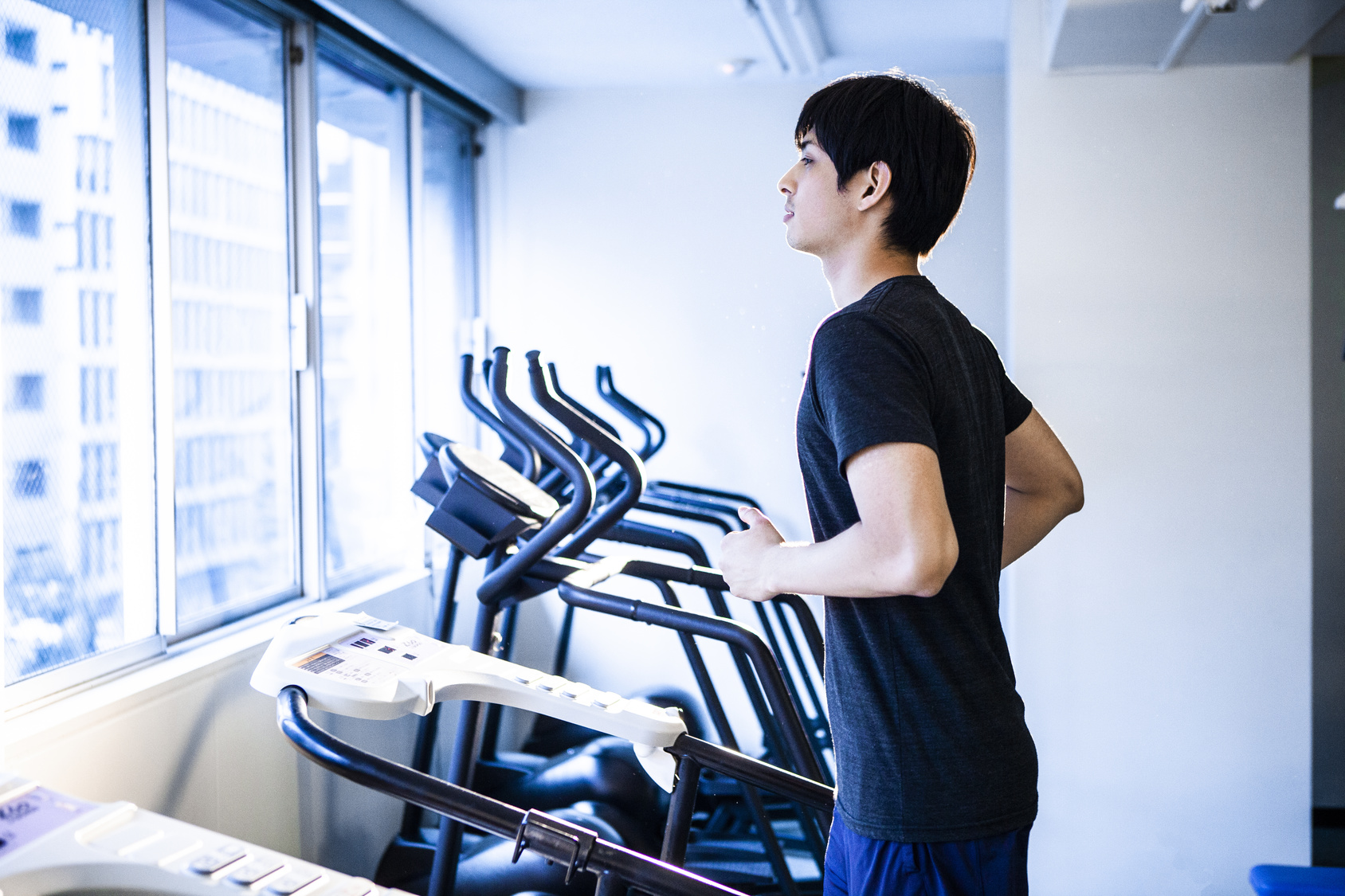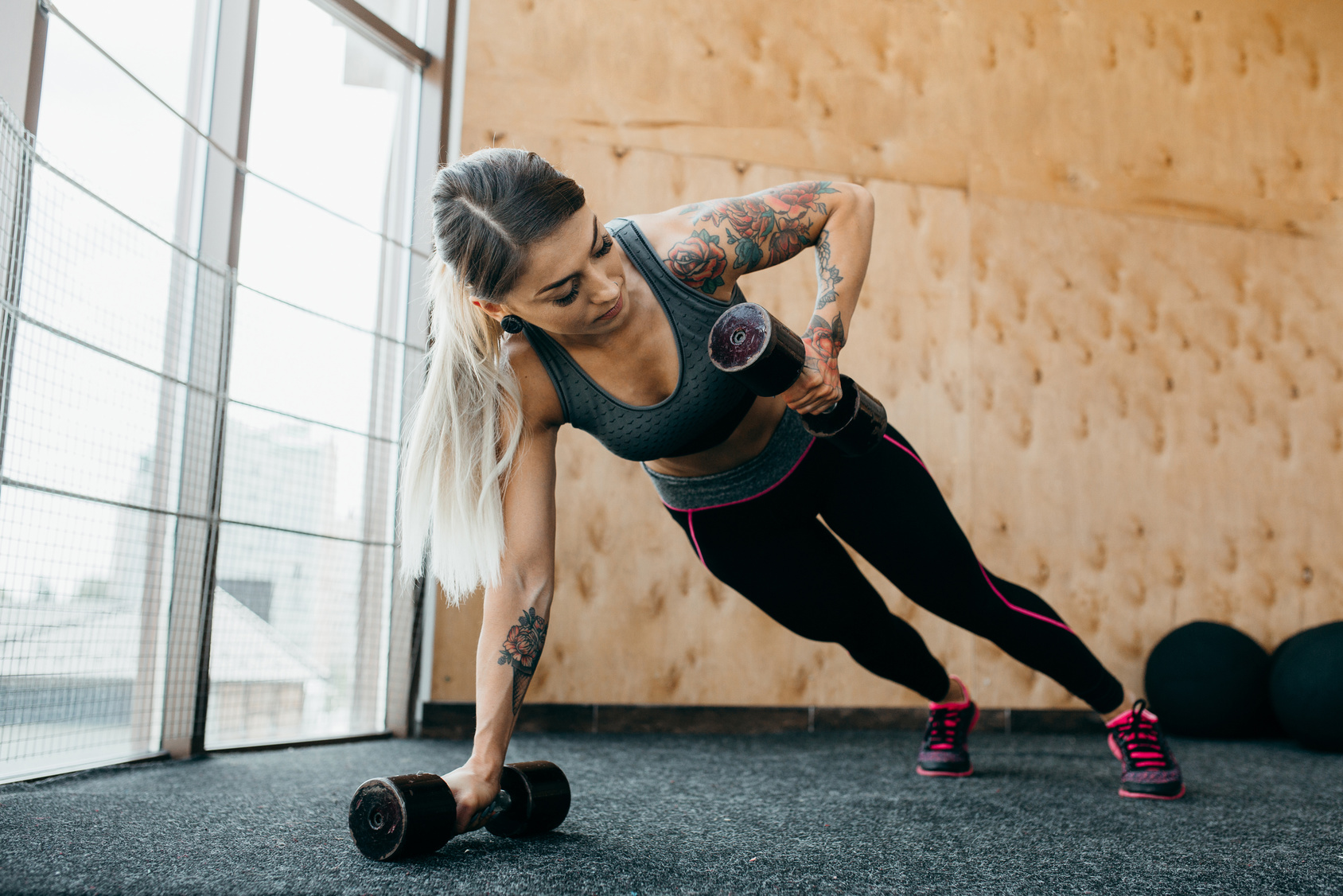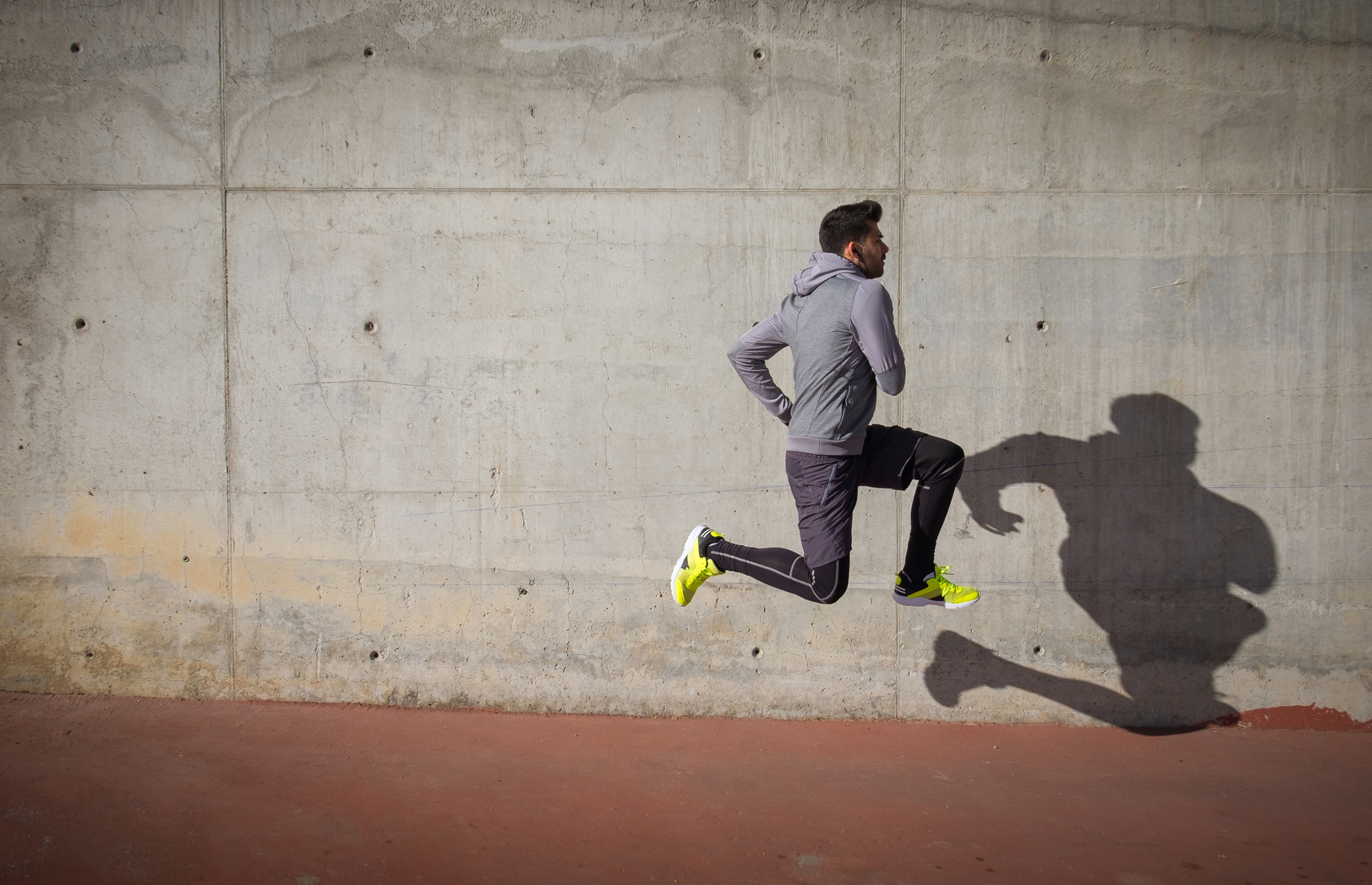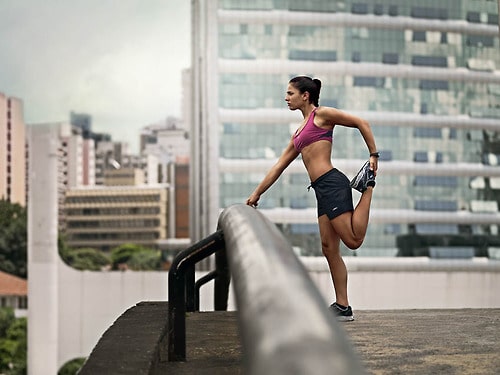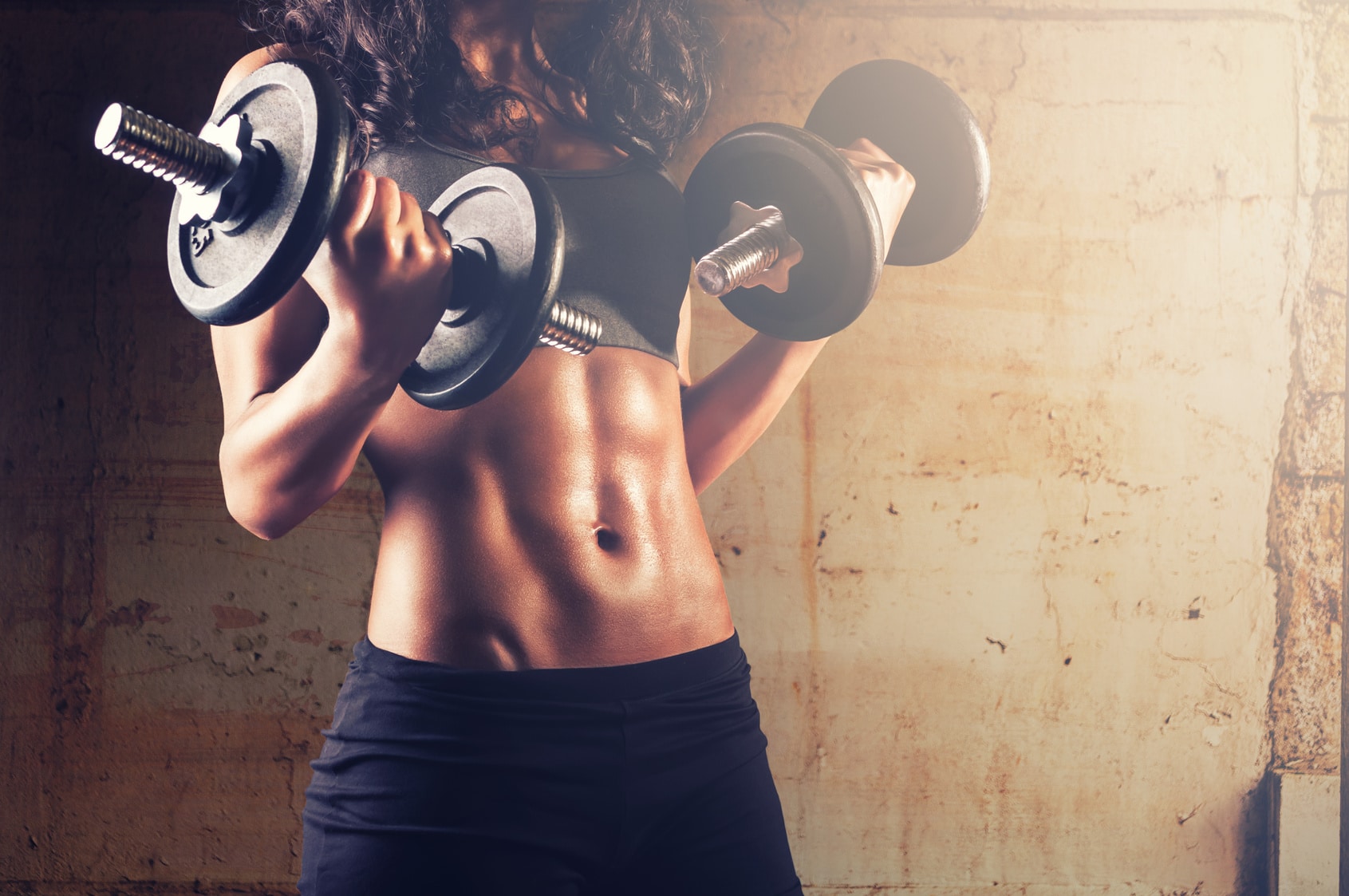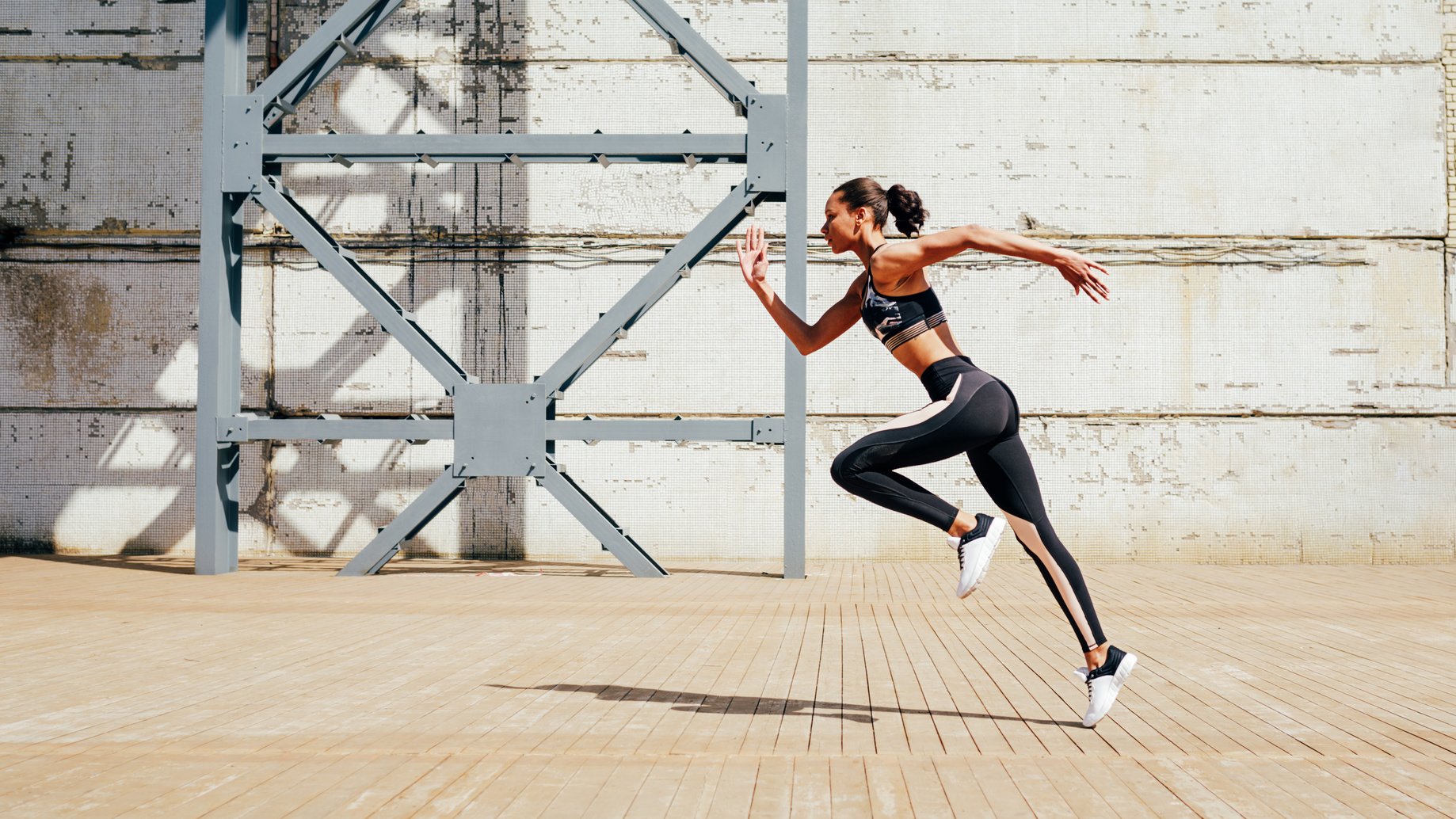Ever wondered if the Paleo diet could be your secret weapon to better performance and overall health?
Well, you’re in for a treat because we’re diving deep into the world of Paleo eating today.
In this post, I’m not just going to scratch the surface; I’m going to unearth the Paleo diet’s secrets tailored especially for runners like you. By the end of this journey, you’ll be equipped with all you need to know:
- What exactly is this ‘Paleo diet?
- A journey back in time to discover the origins of this dietary phenomenon
- The fascinating theory behind the primal eating lifestyle.
- The perks and pitfalls of embracing the Paleo path.
- How to power your runs with Paleo goodness.
- Sneaky ways to boost your carb intake without breaking the Paleo code.
- And crucial insights to help you make an informed decision.
So, lace up your running shoes because we’re about to embark on a journey that could transform the way you eat, run, and live.
Let’s roll
What is The Paleo Diet
The paleo diet, also known as the primal eating lifestyle or Paleolithic diet, is based on the belief that human genetics have not adapted at the same pace as modern agriculture and food processing.
Advocates of the paleo diet argue that our bodies are genetically designed to thrive on the types of foods available to early humans during the Paleolithic era, which spanned from approximately 2.5 million to about 10,000 years ago, before the development of farming and animal domestication.
During the Paleolithic era, our ancestors primarily obtained their food through gathering and hunting. This diet included foods such as vegetables, fruits, seeds, nuts, and lean meats like venison, fish, and poultry.
These early humans lived in small nomadic groups and are believed to have been relatively muscular, tall, athletic, and less stressed compared to modern humans.
The central idea behind the paleo diet is that our DNA has remained largely unchanged over the past 2.5 million years, suggesting that our bodies are still genetically adapted to the dietary patterns of that era.
Therefore, proponents argue that by consuming foods similar to what our ancestors ate, we can optimize our health and well-being.
The modern Western diet, characterized by highly processed foods, grains, and legumes, has been associated with the rise in lifestyle-related diseases such as obesity, type II diabetes, and cardiovascular conditions.
Some studies have suggested that introducing the Western diet to indigenous populations has led to negative health outcomes.
While there is debate within the scientific community about the validity of the paleo diet’s claims, many individuals have reported health benefits from adopting this eating pattern.
It typically emphasizes whole, unprocessed foods, lean proteins, and plenty of fruits and vegetables while avoiding grains, dairy, legumes, processed sugars, and artificial additives.
It’s important to note that the paleo diet is not a one-size-fits-all solution, and its effectiveness may vary from person to person. Some people find it aligns well with their health and fitness goals, while others may prefer different dietary approaches.
As with any significant dietary change, it’s advisable to consult with a healthcare professional or registered dietitian to ensure it meets your individual needs and goals.
Additional Resource – Guide to Runner’s Diet
The Counter-Evidence
The paleo diet is a topic of debate within the scientific and nutritional communities. While proponents argue that it aligns with our genetic predisposition and can lead to various health benefits, there are counterarguments and critiques as well.
One significant critique of the paleo diet is the idea that our paleolithic ancestors did not follow a specific dietary plan based on health considerations. Instead, they consumed whatever foods were available for survival. This means their diets could have varied widely based on geography, climate, and available resources.
In reality, ancient humans were scattered across the globe during the Paleolithic era, and their diets were diverse. Some lived in regions where animal foods were more accessible, leading to diets higher in meat and lower in plant-based foods. Others lived in areas where plant-based foods were abundant, resulting in diets richer in fruits, vegetables, and nuts.
Moreover, there is no concrete evidence to support the existence of vegan or exclusively plant-based hunter-gatherer societies during that time. This challenges the idea that a strict paleo diet, which excludes all grains, legumes, and dairy, is the only “natural” way for humans to eat.
In practical terms, a paleo diet typically includes foods such as organic, grass-fed meats, wild-caught fish, eggs, berries, nuts, and non-starchy vegetables. It excludes grains, legumes, dairy products, refined carbohydrates, and processed foods.
The Benefits of The Paleo Diet
The paleo diet, like many dietary plans, has proponents who claim various benefits associated with its adoption.
It’s important to note that individual experiences may vary, and not all of these claimed benefits are universally supported by scientific evidence.
Here are some of the reported benefits associated with the paleo diet:
- Weight Loss: Some people report losing weight on the paleo diet, especially if they previously consumed a diet high in processed foods, sugar, and refined carbohydrates. The emphasis on whole foods and protein can lead to reduced calorie intake.
- Improved GI Function: The paleo diet encourages the consumption of nutrient-dense, whole foods, which may support better gastrointestinal health for some individuals.
- Increased Insulin Sensitivity: By reducing the intake of refined carbohydrates and sugar, the paleo diet may help improve insulin sensitivity, which is important for blood sugar regulation.
- Reduced Inflammation: The diet’s focus on anti-inflammatory foods, such as fruits, vegetables, and omega-3-rich fish, may help reduce chronic inflammation in some individuals.
- Enhanced Immunity: A diet rich in fruits and vegetables can provide essential vitamins, minerals, and antioxidants that support the immune system. However, the claim of avoiding common colds and flu may be an oversimplification.
- Allergy Reduction: By eliminating common allergens such as dairy and gluten, some people report a reduction in allergy symptoms. However, individual responses to dietary changes vary.
- Increased Energy and Overall Health: A diet composed of whole, nutrient-dense foods can lead to increased energy levels and an improved sense of well-being in some individuals.
The Downsides
The paleo diet, like any dietary plan, has its potential downsides and limitations.
It’s essential to consider these factors when deciding if the paleo diet is suitable for you.
Let me share with you a few of these cons:
- Nutrient Imbalance: The paleo diet emphasizes meat, fish, fruits, vegetables, nuts, and seeds while excluding grains, legumes, and dairy products. This can lead to potential nutrient imbalances
- Saturated Fat and Cholesterol: A high intake of red meat and saturated fats from animal sources is a characteristic of the paleo diet. This can potentially raise cholesterol levels and increase the risk of heart disease in some individuals.
- Restrictive Nature: The strict rules of the paleo diet may make it challenging to follow in the long term. Many foods commonly consumed in modern diets are excluded, which can limit food choices and social flexibility when dining out or attending gatherings.
- Cost: The paleo diet can be expensive, as it often involves purchasing organic, grass-fed meats, wild-caught fish, and fresh produce. This cost factor may not be sustainable for everyone.
- Lack of Whole Grains: Whole grains are an excellent source of complex carbohydrates, fiber, and various nutrients. By eliminating grains, the paleo diet may lack dietary fiber and certain vitamins and minerals.
- Social and Cultural Factors: The paleo diet may not align with cultural or family food traditions, making it challenging to adhere to in certain social settings.
- Sustainability: Some critics argue that the paleo diet’s emphasis on animal products may not be environmentally sustainable in the long term, as it requires substantial resources for meat production.
Can You Run on The Paleo Diet?
Yes, you can absolutely run on the paleo diet.
Running is a form of exercise that aligns well with the principles of the paleo diet.
The diet emphasizes whole, natural foods such as lean meats, fish, fruits, vegetables, nuts, and seeds, all of which can provide the necessary nutrients and energy for running and physical activity.
The Key to Running On Paleo – The Carbs
The most common excuse most runners use to avoid the paleo diet is its lack of complex carbs (i.e., bread, pasta, rice, etc.).
So, how do you get enough carbs on the paleo diet?
Simple.
Eat more carb-rich paleo-friendly foods.
Here’s a list of paleo-friendly carbohydrate sources that will fuel any runner.
- Turnips
- Carrots
- Plantains
- Sweet potatoes
- Onion
- Pumpkin
- Butternut squash
- Spaghetti squash
- Beets
- Parsnips
Sure, this is not the full list.
Depending on where you live (as well as your budget and taste), there are plenty of high-carb and paleo-friendly items you can add to your menu.
Remember that veggies have carbs, too.
To leave more space for carbs, consider eating less protein and fat, such as meat, fish, and eggs.
What’s more?
Unless you’re doing some serious endurance training every day, you might not even need a lot of carbs per day.
Eating paleo can provide your body with enough supply of carbs to keep up with all the running and jumping around.
Your carb intake depends, of course, on your weekly training volume and goals.
Just pay attention to your body and re-adjust accordingly.
Time Your Meals Right
Once you have an awesome paleo foods list, the next thing to do is to time your intake so you can keep your energy stores going strong without cheating on paleo (or upsetting your stomach).
Timing your meals can make a world of difference in how you harness the power of paleo for your running performance. It’s not just about what you eat; it’s also about when you eat it.
So, let’s dive into some strategies that’ll keep your energy levels steady, your stomach happy, and your paleo commitment strong.
Before Your Run: Fuel Up Wisely
Before lacing up your running shoes, consider having a small pre-run snack. Opt for something easily digestible and rich in carbohydrates, like a banana or some sweet potato.
This provides your body with readily available energy to kickstart your run without breaking your paleo pledge.
During Your Run: Stay Hydrated and Fueled
For longer runs, it’s crucial to stay hydrated and maintain your energy levels. This is where you might want to explore paleo-friendly energy gels or chews designed for endurance athletes.
These products often contain natural sources of carbohydrates, such as dates or honey, to keep you fueled during your run. Remember to hydrate adequately with water or an electrolyte drink to prevent dehydration.
Right After Your Run: Recovery Mode
Once you’ve conquered your run, your body is ready for some post-workout recovery. This is a prime time to introduce some paleo-friendly carbohydrates and protein into your diet.
Think of it as a reward for your hard work. A delicious smoothie with almond milk, a scoop of paleo-friendly protein powder, and some berries can be a fantastic choice to kickstart your recovery process.
Strategically Increase Carb Intake on Hard Training Days
Your training days aren’t all created equal. Some days, you’ll be pushing yourself harder, whether it’s a long run, interval training, or hill sprints. On these intense training days, it’s okay to increase your carbohydrate intake.
Incorporate more paleo-approved carb sources, such as sweet potatoes or plantains, into your meals. This extra carb boost can help you power through your workouts while keeping your paleo commitment intact.
Back to Full Paleo Mode
Once the hard training session is in the books, return to your usual paleo way of eating. This balance of strategically timed carbs and paleo principles can help you optimize your running performance without sacrificing your dietary goals.
But remember, the key to success here is listening to your body. Everyone’s nutritional needs vary, so pay attention to how your body responds to different timing strategies.
Experiment, adapt, and find the timing routine that works best for you. Your body will thank you for improved performance and overall well-being.
Eating For Endurance Training
While the paleo diet forms the foundation of your nutrition, there are times when you might want to introduce some non-paleo foods strategically. Here’s how to approach it:
The Role of Non-Paleo Foods in Endurance Training
During those long runs or intense training sessions, your body’s demand for quick energy rises. This is where non-paleo foods that are rich in glucose can come to the rescue.
Items like sports drinks, gels, pasta, bread, bagels, and rice can provide that rapid burst of energy your muscles need to keep you moving forward.
Timing is Key: Focus on Training Days
It’s important to emphasize that these non-paleo options are best reserved for your training days, specifically before and during your long runs or high-intensity workouts.
This strategic approach allows you to optimize your performance without deviating from your paleo principles for the rest of the week.
Embrace Paleo-Friendly Carbs on Regular Days
On non-training days or days with lighter workouts, you can still meet your carb needs with paleo-approved sources. Think of squash, yams, sweet potatoes, bananas, and parsnips as your trusty allies. These natural, wholesome carb sources keep things simple and in line with your paleo lifestyle.
Paleo for Weight Loss
Losing weight while following the paleo diet can be a game-changer for your running performance. Here’s why the paleo diet is an effective tool for weight loss:
Balancing Glycemic Index
One of the secrets behind the paleo diet’s effectiveness in shedding pounds is its focus on low to medium glycemic index foods.
These foods help regulate blood sugar levels, preventing the sharp spikes and crashes that can lead to overeating. By reducing your intake of high-glycemic foods, you naturally control your calorie consumption.
Enhancing Insulin Sensitivity
Improved insulin sensitivity is another perk of going paleo, and it’s particularly beneficial for those with pre-diabetes or diabetes. This means your body can better regulate blood sugar, reducing the likelihood of fat storage. It’s a win-win for your weight loss journey and overall health.
The Satiety Factor
Paleo eating is all about whole, unprocessed foods, which inherently tend to be lower in calories compared to their processed counterparts.
When you fuel your body with nutrient-dense paleo foods, you feel satisfied more quickly and stay full for longer periods. This naturally reduces your overall calorie intake, a key factor in successful weight loss.
Listen to Your Body
There’s no such thing as a universally perfect diet. What works wonders for one person may not be the right fit for another. Each body is unique, and factors like metabolism, activity level, and personal preferences come into play.
Test The Paleo Diet for 30 Days.
There’s no such thing as a universally perfect diet. What works wonders for one person may not be the right fit for another. Each body is unique, and factors like metabolism, activity level, and personal preferences come into play.
Paleo For Runners – The Conclusion:
To conclude—the tenets of paleo eating are simple:
- Eat lots of vegetables, meats, eggs, fish, nuts, and fruits,
- and steer clear of grains, processed foods, and dairy.
The rest is just details.
Please leave your comments and questions below
Thank you for reading my post
Cheers




